
The growing importance of developing buildings that promote the health and wellbeing was underlined today when the owners of two potentially conflicting standards – the BRE and the US International WELL Building Institute (IWBI) – announced they would align the WELL Building Standard and BREEAM to make it easier for projects pursuing both standards.
Under the agreement, the organisations will mutually identify specific credits whereby submitted documentation will be recognised by both organisations, saving project teams the time and costs associated with submitting the documentation twice.
BREEAM and WELL are both evidence-based systems that have best practice, continual improvement and the interest of both the environment and people at their heart. Certification in both systems is achieved through the submission of project documentation and on-site post-occupancy performance testing.
The US WELL standard has been gathering credence in the UK office market as, unlike the BREEAM standard which promotes wider environmental performance, it concentrates on measuring, certifying, and monitoring features of the built environment that impact the health and well-being of the people who live, work and learn in the buildings.
WELL focuses on seven categories of building performance: air, water, nourishment, light, fitness, comfort and mind, and a growing number of developers and occupiers are now asking for it.
International multi-disciplinary engineering company, Cundall’s new London office (pictured above) at One Carter Lane is the first building in the UK and Europe to achieve WELL certification through the WELL Building Standard.
“We’re excited about the opportunity to join forces in a way that will advance the inclusion of health and well-being considerations in Europe’s built environment,” said Gavin Dunn, director of building performance group at BRE.
“Since the beginning, IWBI has worked to find ways that WELL can work harmoniously with the world’s leading sustainable building standards, because we believe sustainability and health are synonymous,” said Rick Fedrizzi, chairman and CEO, IWBI.
“We look forward to partnering with BRE to advance this important concept by helping project teams who are using both BREEAM and WELL deliver a more sustainable and healthier built environment as efficiently as possible.”
Joe Croft, Head of Environmental and Sustainability at Overbury said: “I think this is really exciting news. As ever, the devil is in the detail, but on the face of is, this sounds like a really positive step forward, that will make delivering WELL projects easier (and ultimately cheaper) for clients and their supply chains.”
The announcement comes at a time when corporations as well as the real estate industry are increasingly looking at how the built environment impacts human health as well as sustainability. The crosswalk identifying the applicable credits between the two standards is being done by WELL’s certifying body, Green Business Certification Inc, and BRE, and is expected to be completed in January.
In a move towards the future harmonisation of the standards the IWBI is collaborating with BREEAM to deliver a major new industrial sector scheme with the delivery of a world-first new build project in the UK.
Developer Baytree Logistics Properties is constructing the first phase of a new industrial development in Dagenham, Essex. Phase one of the development comprises two buildings totalling 110,000 sq ft, while future phases will provide a further 250,000 sq ft of grade A facilities.
In addition, the BRE has unveiled plans to undertake a pilot project to measure the real-world health and well-being of building occupants by creating the Healthy Research Building – the UK’s first operational workplace research environment.
The project will see BRE refurbish one of its existing office buildings at its head office in Watford and create a fully operational office that will enable occupants to be monitored whilst they go about their day-to-day work.
“It has been claimed that we spend over 90% of our time indoors and in an office environment, 90% of the cost is the people inside,” commented Martin Townsend, director of sustainability at BRE Global. “It is therefore vital that we better understand the effects that indoor environments are having on their occupants. By refurbishing one of our offices to achieve BREEAM and the WELL Building Standard and integrating state-of-the-art monitoring technology we will be creating the UK’s first living laboratory.”
Meanwhile, Cundall says the pursuit of WELL certification was only a part of the office’s aim to improve employee well-being. A specially developed active green wall, a planted trellis divider and acoustic baffles integrated within the tall shelving units were all elements that reflect Cundall research into acoustics and biophilia, as demonstrated in the specialist green and acoustic laboratories installed within the office.
Says Alan Fogarty, sustainability partner at Cundall: “Many businesses are seeing WELL as providing a means of demonstrating the quality of office space to attract and retain good staff. At Cundall, we have taken the refurbishment of our own London office and used it as an exemplar project, not only for ourselves, but also for our clients and collaborators.
“We’ve created a living, working example of how the WELL Building Standard can be applied, without breaking the bank. Our figures show a total uplift in the project costs of £200 per head. We are putting in place control measures to see exactly how the WELL building elements will improve staff welfare against our old office. However, anecdotal feedback from our staff has confirmed the new office as a great hit.”
Comments
Comments are closed.




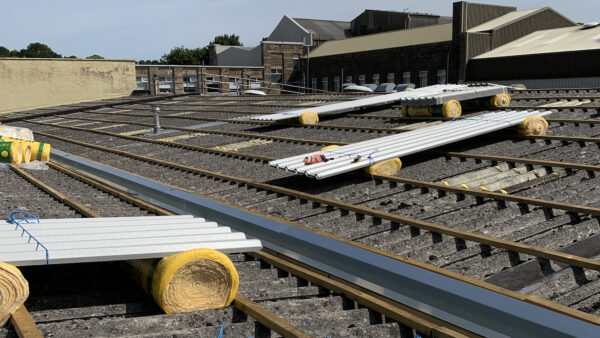
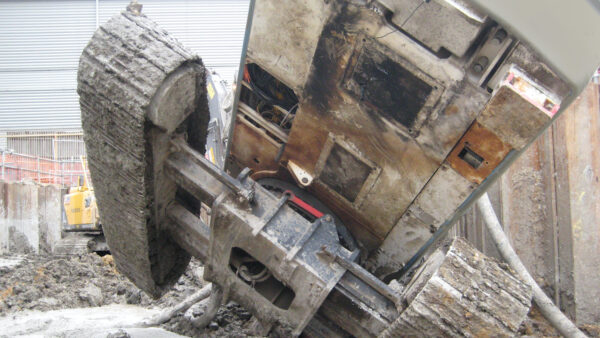
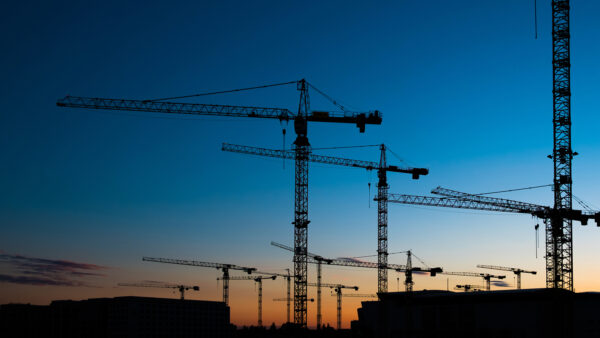
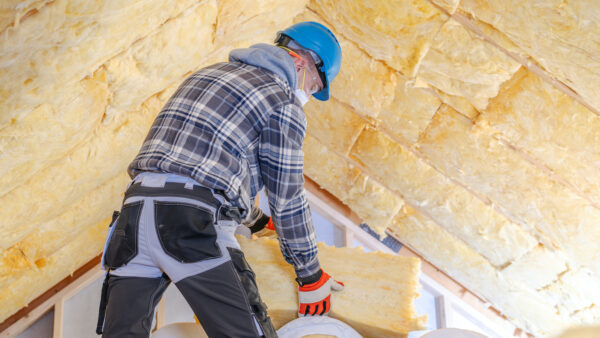
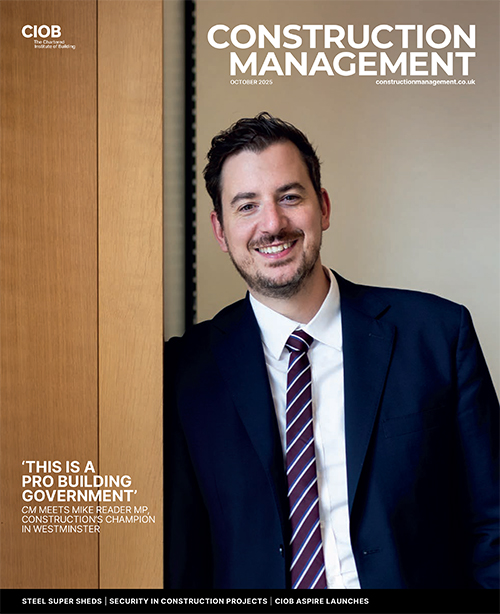


A small step I the right direction, however, the users mental and physical wellbeing will usually be determined by how effective the controlling management structure is, to look after its employees. You can have the nicest building set up, but if poor stress-induced management is in place, the occupants will not feel the benefit.!